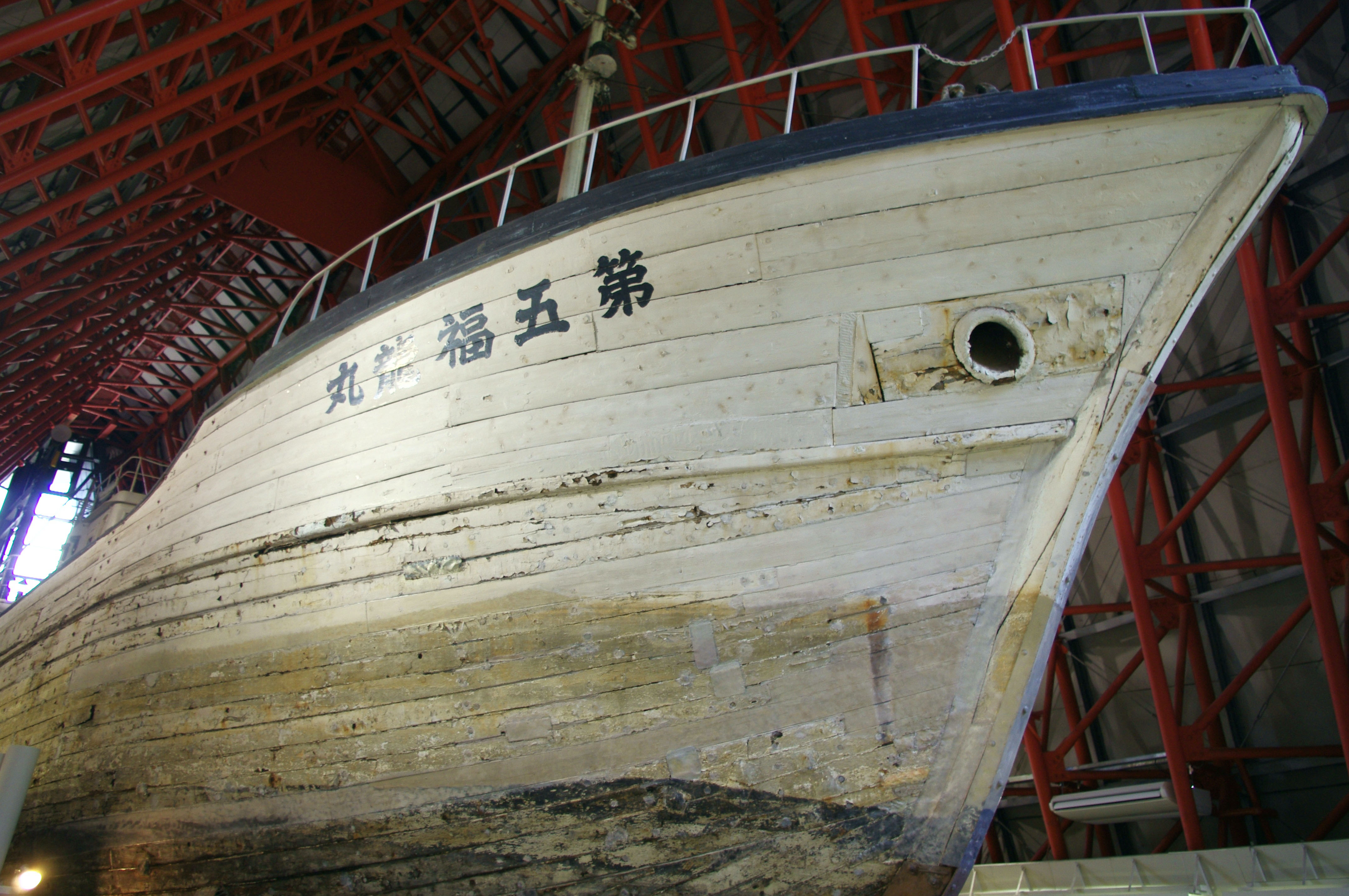Last year I went to Yumenoshima Park in Tokyo's Koto Ward to see a museum housing the 第五福竜丸 (Dai-go Fukuryu Maru, aka No. 5 Lucky Dragon), the ill-fated fishing boat that inadvertently sailed too close to a 水爆実験 (suibaku jikken, thermonuclear test) at Bikini Atoll in the Marshall Islands in March 1954.
This led me to wonder why many Japanese ships were named 丸 (maru); but nobody I asked seemed to have a satisfactory explanation. It eventually dawned on me that the authoritative "広辞苑 (Kojien)" dictionary ought to know, and in it I found an amazingly straight forward explanation: Maru was simply a variation on the male suffix "maro," which is applied to personal names, as well as to swords and ships.
なるほど (Naruhodo, I see). The first "maro" who came to my mind was 喜多川歌麿 (Kitagawa Utamaro), a famous woodblock-print artist in the Edo Period (1603-1867). At any rate, this answers the question as to whether Japanese regard ships as male or female — they are definitely the former.


















With your current subscription plan you can comment on stories. However, before writing your first comment, please create a display name in the Profile section of your subscriber account page.